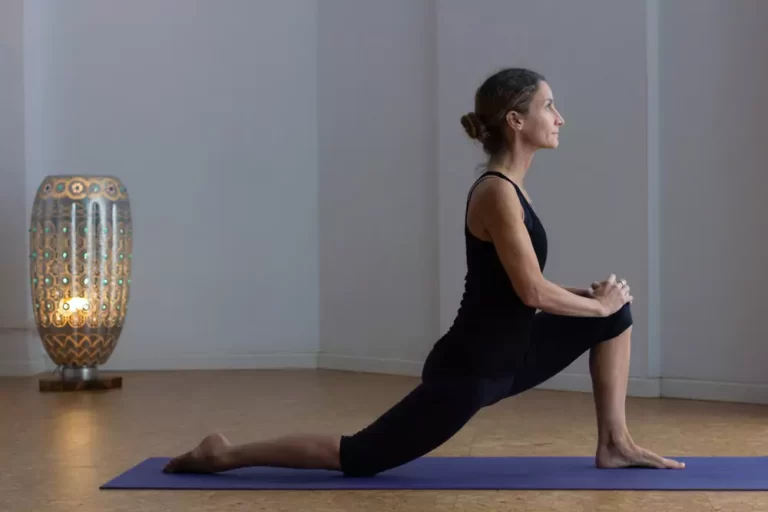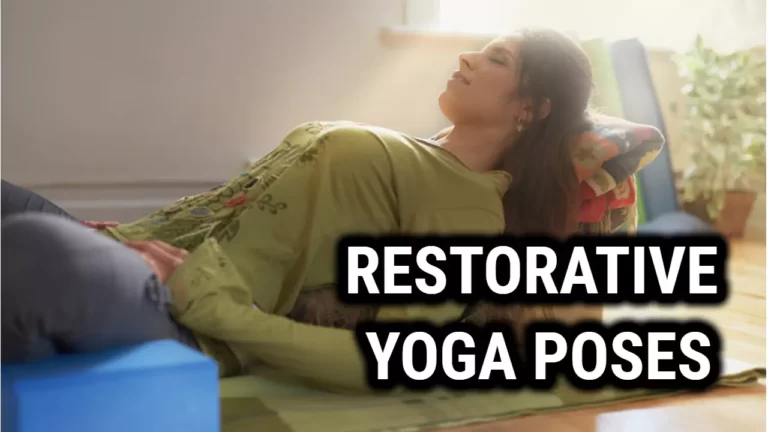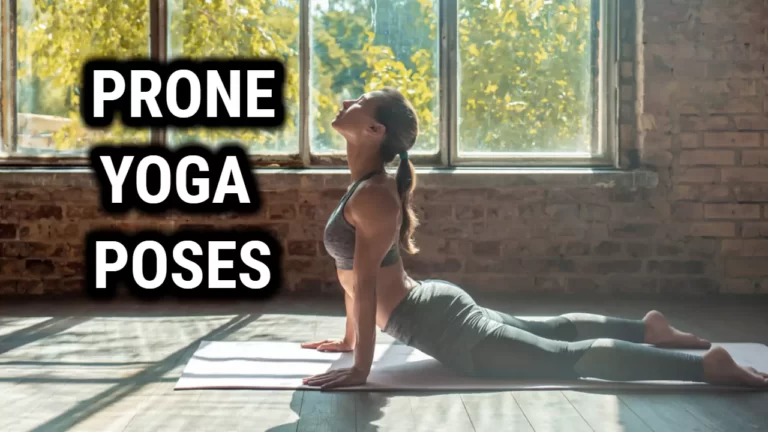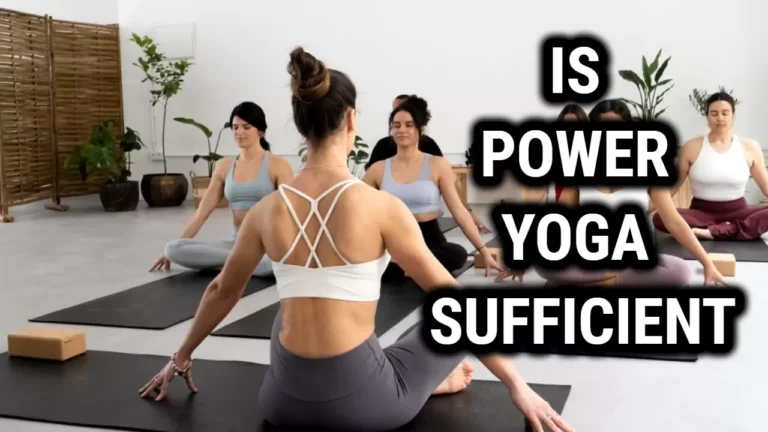Is Vinyasa Yoga More Intense Than Power Yoga?
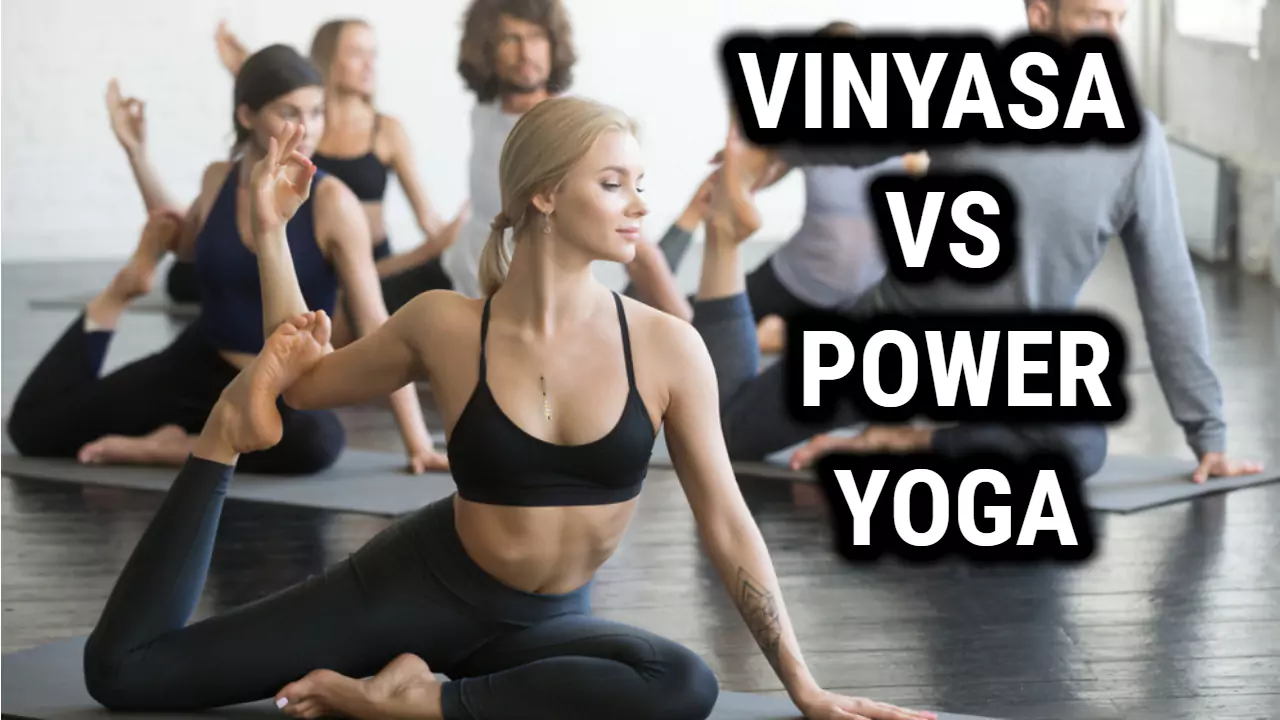
Vinyasa and Power Yoga are two popular styles of yoga practiced by many people across the world. Both styles have their unique benefits and can help you achieve your fitness goals. Vinyasa yoga is known for its flowing movements and emphasis on breath, while Power yoga is more focused on building strength and flexibility.
One of the most common questions asked by yoga enthusiasts is whether Vinyasa yoga is more intense than Power yoga. The answer to this question is not straightforward as both styles have their own intensity levels and can be challenging in their own ways. However, there are some key differences between the two styles that can help you decide which one might be more suitable for you.
In this article, we will explore the differences between Vinyasa and Power yoga and help you determine which one might be a better fit for your fitness goals. We will look at the benefits of each style, the intensity levels, and the types of poses you can expect to see in each practice. By the end of this article, you will have a better understanding of these two popular styles of yoga and be able to make an informed decision about which one to try out.
What is Vinyasa Yoga?
Vinyasa yoga is a style of yoga that emphasizes the connection between breath and movement. It is often referred to as “flow” yoga because of the smooth way in which the poses flow together. In a typical vinyasa yoga class, the teacher will guide students through a series of poses, with each movement linked to an inhale or exhale. The pace of the class can vary, but it is generally faster than a traditional hatha yoga class.
One of the defining features of vinyasa yoga is the use of sun salutations, which are a series of poses that are performed in a specific sequence. Sun salutations are often used as a warm-up at the beginning of a class, but they can also be used as a standalone practice. In addition to sun salutations, vinyasa yoga classes may include standing poses, balancing poses, inversions, and backbends.
Vinyasa yoga is a popular style of yoga because it offers a challenging workout while also providing the benefits of a traditional yoga practice. The continuous movement of vinyasa yoga can help to build strength, flexibility, and endurance, while also improving focus and reducing stress. Additionally, vinyasa yoga can be adapted to suit a range of fitness levels, making it accessible to beginners and advanced practitioners alike.
What is Power Yoga?
Power Yoga is a modern form of yoga that was developed in the 1990s by Beryl Bender Birch and Bryan Kest. It is a more dynamic and vigorous form of yoga that focuses on building strength, flexibility, and endurance through a series of fast-paced, flowing movements.
Unlike traditional yoga, which emphasizes relaxation and meditation, Power Yoga is designed to be a full-body workout that challenges both the body and mind. It is often practiced in a heated room to increase flexibility and promote detoxification.
Power Yoga classes typically begin with a series of warm-up exercises, such as Sun Salutations, before moving on to more challenging poses and sequences. The poses are held for shorter periods of time than in traditional yoga, and are often linked together in a continuous flow.
Power Yoga is a great choice for people who want a challenging, full-body workout that also provides the benefits of yoga, such as increased flexibility, reduced stress, and improved mental clarity. It is also a good choice for athletes and fitness enthusiasts who want to cross-train and improve their performance in other sports.
Comparing the Intensity of Vinyasa and Power Yoga
When it comes to yoga, intensity can be a subjective experience. What one person finds intense, another may find comfortable. However, there are some objective ways to compare the intensity of Vinyasa and Power Yoga.
Power Yoga is typically considered the more intense of the two. The poses are held for longer periods of time, which requires more strength and endurance. Additionally, Power Yoga classes often incorporate more advanced poses that require greater flexibility and balance.
Vinyasa Yoga, on the other hand, is more focused on fluid movement and breath. While it can still be challenging, it may not require the same level of strength and endurance as Power Yoga. Vinyasa classes often move through poses at a faster pace, which can increase heart rate and provide a cardiovascular workout.
That being said, the intensity of a yoga class ultimately depends on the individual practitioner. A beginner may find a Vinyasa class more intense than a seasoned yogi finds a Power Yoga class. It’s important to listen to your body and choose a practice that feels challenging but also sustainable.
Also Read: What Is Mind Power Yoga?
Benefits of Vinyasa Yoga
Vinyasa yoga is a popular style of yoga that offers many benefits to the practitioner. Here are some of the benefits of practicing Vinyasa yoga:
- Improves flexibility: Vinyasa yoga involves a lot of flowing movements that help to stretch and lengthen the muscles. Practicing Vinyasa yoga regularly can help to improve your flexibility and range of motion.
- Increases cardiovascular health: Vinyasa yoga is a great way to get your heart rate up and improve your cardiovascular health. The flowing movements and continuous transitions between poses help to keep your heart rate elevated, which can improve your overall fitness level.
- Burns calories: Vinyasa yoga is known for being one of the yoga styles that burns the most calories. Practicing Vinyasa yoga regularly can help you to lose weight and manage your weight more effectively.
- Reduces stress: Vinyasa yoga is a great way to reduce stress and anxiety. The flowing movements and focus on the breath can help to calm the mind and promote relaxation.
- Builds muscular strength: Vinyasa yoga involves a lot of bodyweight movements that help to build muscular strength. Practicing Vinyasa yoga regularly can help to tone and strengthen your muscles.
Overall, Vinyasa yoga is a great style of yoga for anyone looking to improve their fitness level, flexibility, and overall health and wellness. Whether you’re a beginner or an experienced yogi, Vinyasa yoga can offer many benefits to help you achieve your fitness goals.
Benefits of Power Yoga
Power yoga is a rigorous and challenging form of yoga that offers numerous benefits for the mind and body. Here are some of the benefits of practicing power yoga:
- Improved strength: Power yoga involves holding challenging poses for an extended period, which can help build strength in the muscles.
- Increased flexibility: Power yoga also involves dynamic movements that help to increase flexibility and range of motion in the body.
- Reduced stress: The focus on breath and movement in power yoga can help to reduce stress and promote relaxation.
- Improved cardiovascular health: The fast-paced nature of power yoga can help to improve cardiovascular health and increase endurance.
- Weight loss: Power yoga can also help with weight loss by burning calories and building muscle.
Overall, power yoga is a great way to challenge yourself physically and mentally while reaping the many benefits of yoga practice.
Choosing Between Vinyasa and Power Yoga
Both Vinyasa and Power Yoga are great options for those looking to improve their physical fitness and mental well-being. However, choosing between the two can be challenging. Here are some factors to consider when deciding which style is right for you:
- Intensity: Vinyasa is generally considered to be less intense than Power Yoga. Vinyasa focuses on fluid movements and relaxation, while Power Yoga emphasizes strength and endurance. If you are looking for a more challenging workout, Power Yoga may be the better choice.
- Flexibility: Both Vinyasa and Power Yoga can improve flexibility, but Vinyasa may be more effective in this regard. Vinyasa’s focus on fluid movements and stretches can help improve range of motion and flexibility.
- Endurance: If you are looking to build endurance, Power Yoga may be the better choice. Power Yoga’s emphasis on strength and holding poses for longer periods can help build stamina and endurance.
- Mental Benefits: Both Vinyasa and Power Yoga can provide mental benefits such as stress relief and improved focus. However, Vinyasa’s focus on relaxation and mindfulness may be more effective for those looking to reduce stress and improve mental well-being.
Ultimately, the choice between Vinyasa and Power Yoga comes down to personal preference and fitness goals. Both styles offer unique benefits and can be adapted to suit individual needs. It’s essential to try both styles and see which one resonates with you the most.
Related Read: Restorative Yoga Poses for Relaxation and Stress Relief
Conclusion
After examining the differences between Vinyasa yoga and Power yoga, it is clear that both practices offer unique benefits and challenges.
Vinyasa yoga is characterized by its flowing movements and emphasis on breath control, making it an excellent choice for those seeking a more meditative practice. It is also a great option for those looking to improve their flexibility and balance.
On the other hand, Power yoga is a more intense and physically demanding practice, making it a great option for those looking to build strength and endurance. It is also an excellent choice for those seeking a more challenging workout.
Ultimately, the choice between Vinyasa yoga and Power yoga will depend on your personal preferences and fitness goals. Whether you prefer a more meditative practice or a more intense workout, both practices offer a range of benefits that can help you improve your physical and mental well-being.
